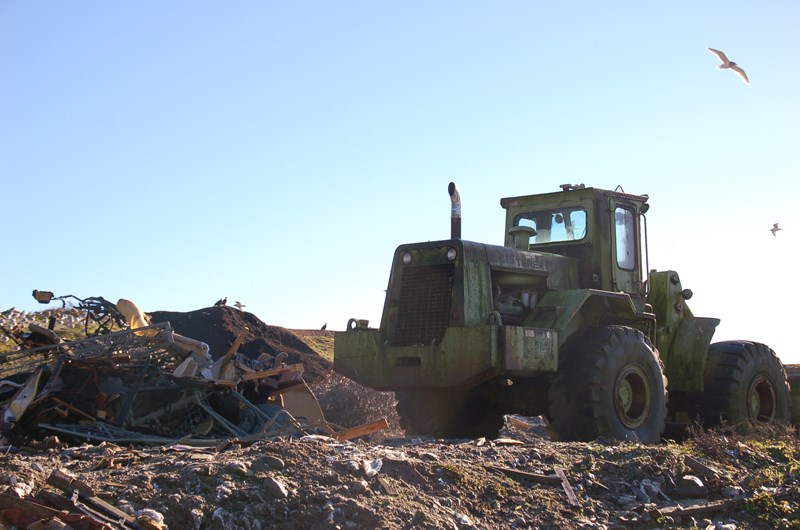About 73 per cent of household garbage going to the Sechelt landfill could be diverted according to a study undertaken by the Sunshine Coast Regional District (SCRD).
The SCRD’s waste composition study was presented to the board during their Jan. 8 infrastructure services committee meeting and it showed that, on average, 48 per cent of the garbage audited was organic (which could be composted) and 25 per cent was recyclable.
The study included two audits of garbage collected during the week of Aug. 11 and the week of Nov. 3, which represented a sampling of the summer and fall 2014 seasons.
Garbage was audited from single-family residences within six SCRD collection areas: Sechelt, Gibsons, Sechelt Indian Government District (SIGD), Halfmoon Bay, Roberts Creek and Elphinstone south of Highway 101, and Roberts Creek and Elphinstone north of Highway 101.
The results were divided into three broad categories: organics, recyclables and residuals.
The Roberts Creek and Elphinstone collection area south of Highway 101 was found to be throwing out the most organics at 52 per cent while the SIGD threw out the least at 41 per cent.
In the recyclables category the SIGD tossed out the most at 31 per cent and the District of Sechelt had the least amount of discarded recycling at 21 per cent.
It was noted that in the organics category the majority of items thrown out were food scraps and kitchen waste, then food soiled paper, pet waste and garden waste respectively.
In the recycling category film plastics made up the majority of recycling found in the garbage.
“That is identified as one of the items that was in there in a very high volume,” noted Robyn Cooper, manager of waste reduction and recovery for the SCRD.
Other recyclables tossed included cardboard, newsprint, paper and plastics.
The information gleaned from the study will help the SCRD decide what kind of waste reduction and diversion programs to promote in order to meet their goal of diverting 65 to 69 per cent of garbage headed for the Sechelt landfill by 2016.
“So essentially our next steps are to review the full report in detail and compare that with our existing solid waste management plan and identify priorities and actions,” said Cooper.
Directors received the report for information, saying they look forward to seeing staff recommendations come back to a future meeting.



